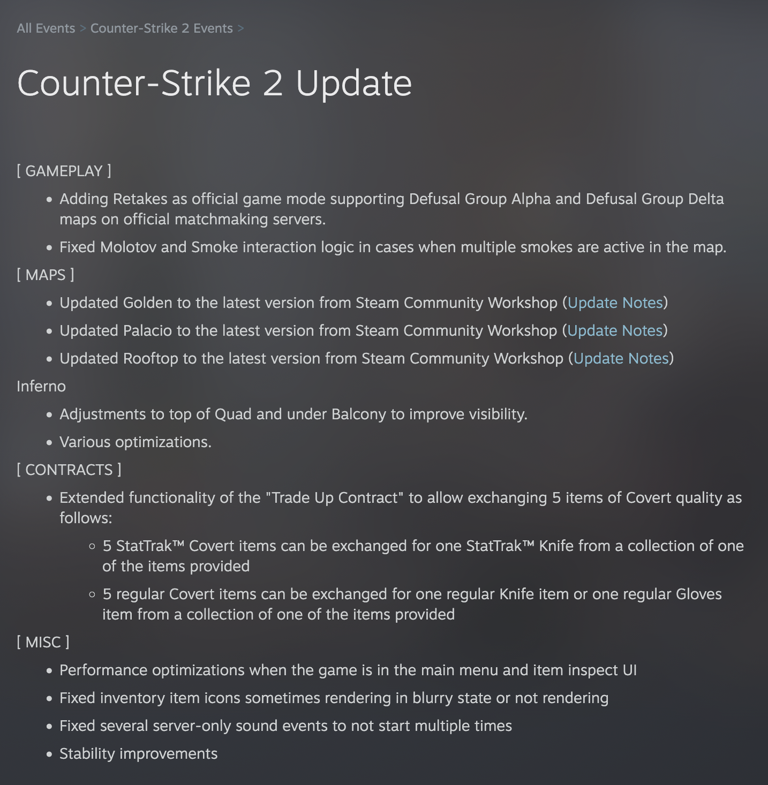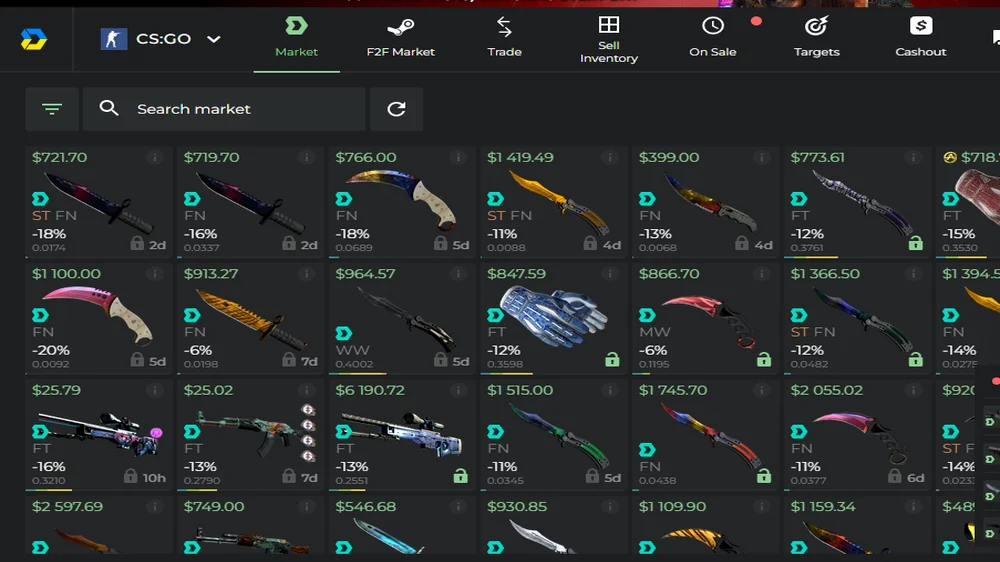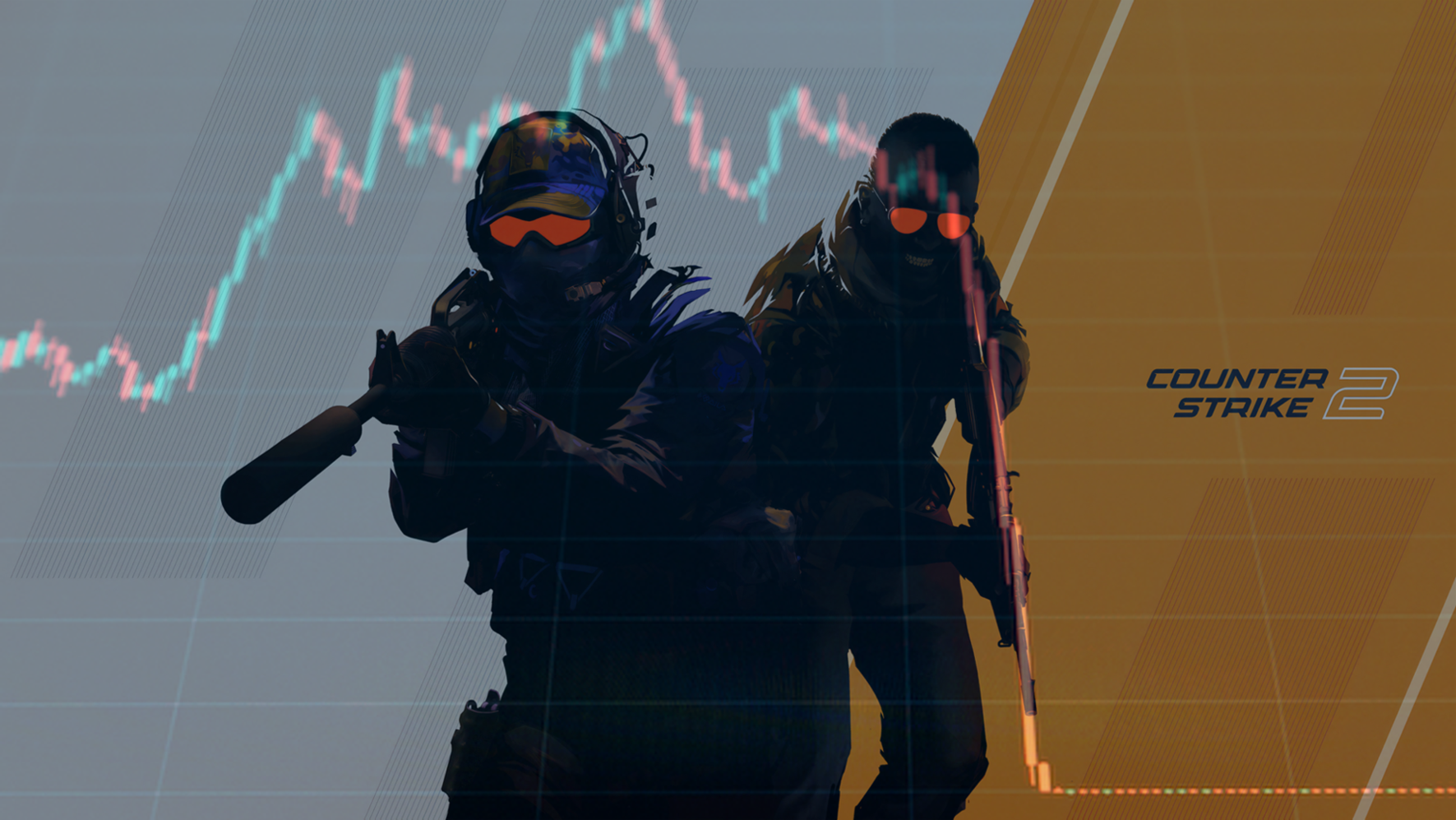So, picture this: it’s October 22, 2025. Valve publishes what gets described on Steam as a relatively innocuous patch — optimizations, bug fixes, return of the “Retakes” mode, some map adjustments. Nothing you’d expect to topple markets.
But buried within that patch is a weapon: an overhaul to the “Trade Up Contract” mechanism. Valve extended it so that five Covert (aka “red”) skins — which were, until now, comparatively affordable — can now be exchanged for a knife or glove (either StatTrak or regular) from the same collection.
What sounds like a “democratizing” change is, in practice, a bomb over the skin economy.

The immediate fallout: billions wiped, value erased
The instant reactions weren’t just “skins dropped a bit”. They were apocalyptic:
- Bloomberg estimates ~$1.75 billion in market value vanished overnight.
- Other calculations put the crash at anywhere from $1.7 billion to even more dramatic levels relative to the prior $6 billion peak.
- One third-party market tracker, PriceEmpire, saw the market drop from ~$6.06 billion to ~$4.13 billion.
- Some skin prices plunged 40–60 % in hours.
If you were one of the people holding ultra-rare knives or gloves, your “asset” might suddenly be worth half — or worse.


Who lost (and who “won” — though win is relative)
The losers:
- Big traders, speculators, streamers: People claiming five or six-figure losses have flooded social media. Some went from “millionaire skin trader” down to tens (or even less).
- Famous names: Neymar reportedly lost ~$50,000 in skins overnight.
- Olof “olofmeister” went from roughly $58,000 to $18,000 in inventory value — a brutal ~65 % hit.
- The worst case: one trader, “Coco”, had a “million-dollar” inventory that was cut by half.
- Rumors and unverified claims: In China, some say a student jumped off a building after losing ~$20,000 in skin value.
The “winners” (in a twisted way):
- Owners of cheaper covert skins: Suddenly, many red skins became “tradeable into knives”. So demand for mid-tier covert skins exploded. Those who held stacks of covert skins saw their value artificially inflate.
- Opportunistic speculators who acted before the crash or during the volatile window. Some turned small gambles into windfalls.
But make no mistake: that “win” is extremely fragile. The market is rebuilding trust and stability in real time.

Why this change blows up everything
To really understand why so many people were blindsided, here’s a breakdown of the mechanics:
Before the patch, knives and gloves were extraordinarily scarce. You could only get them through:
- Opening a case (very low odds), or
- Buying on the secondary market, where rare items command huge premiums.
This scarcity propped up high prices. Knives and gloves were the crown jewels.
After the patch, you can now trade up covert (red) items — five of them — for a knife or glove. Suddenly:
- Barriers to “upgrading” have collapsed.
- Items that were once “junk” see newfound demand.
- The supply of knives and gloves increases dramatically (relative to before).
- The perceived rarity and value of existing knives/gloves decline in one stroke.
In other words: shifting supply/demand fundamentals. What was rare becomes less rare — and what was considered “cheap” gets recontextualized.
Also, the unpredictability of Valve’s control is now fully exposed: these are digital assets entirely at the mercy of developer changes.


Mental health, desperation and the human cost
This is where it gets dark. The idea of losing “millions” in a game might sound abstract, but for many involved, this was their income, their identity or their hope.
Several users on Reddit and Chinese forums claim suicides tied to losses. Some reports say a student fell to his death after losing $20,000 in inventory.
Now, I must emphasize: these claims have not been independently verified by major media. They remain rumors. But even rumors of suicide in a gaming crash are deeply disturbing.
In threads, you’ll find anguished messages: “I put my life savings in these skins”, or “I was counting on making a living from this”. The line between virtual goods and real-world money was already blurry; now it’s broken.
The emotional toll is undeniable. Depression, shame, anxiety — all magnified by the fact that the “asset” is intangible and controlled by someone else.

A partial rebound — stabilizing the storm
Just when it seemed like the bottom had fallen out, some recovery is happening:
- One tracker reported a 47% rebound in average skin prices just 24 hours after the crash bottomed out.
- Some high-end StatTrak knives that had been hit hardest began to regain value.
- Yet, many wonder: is this a sustainable recovery or just a “dead cat bounce”?
Still, trust is eroded. Many traders are hesitant to reenter, fearing Valve’s next surprise.


Bigger lessons & warnings
- Virtual assets = real risks
This was always a gamble. But the illusion was that the value was safer, more stable than crypto or stocks. Nope — it’s just as volatile, maybe more so. - Don’t put all your eggs in one game
A centralized decision by one company wiped out billions. Diversification isn’t just financial jargon — it applies to digital goods too. - Ownership is tenuous
These skins were never yours, truly. They’re licensed, not owned. Valve can change rules anytime. - Beware of gambling mentalities
The skin market long blurred the line between gaming and speculative trading. This crash is a warning: what looks like an “investment” can feel like a casino. - Human cost matters
Regardless of verification, people say they’re hurting. We need more awareness of how virtual economies intersect with mental health.

Shock, humility and caution
I sit here stunned. In all my years following gaming economies, I’ve never seen anything like this scale — not a mere drop, but a sudden redefinition of what those digital items are worth. Many lost livelihoods, some say lives, over virtual skins. And all because a “small patch” reworked how the game trades value.
If you asked me days ago whether a single developer patch could wipe billions off market cap, I’d have said “impossible”. Now, I’ve learned: yes, it is possible.
To anyone with an inventory: tread carefully. And to those who view these markets as mere entertainment — maybe this is a wake-up call to keep your real life separate from your digital “fortune”.

